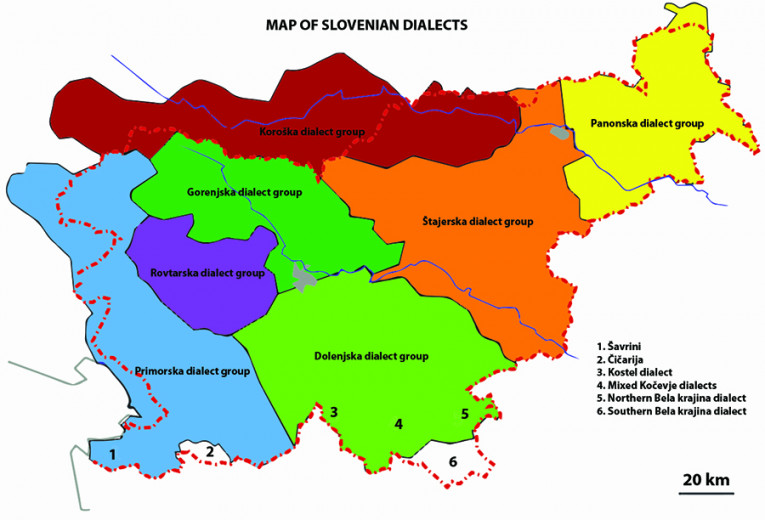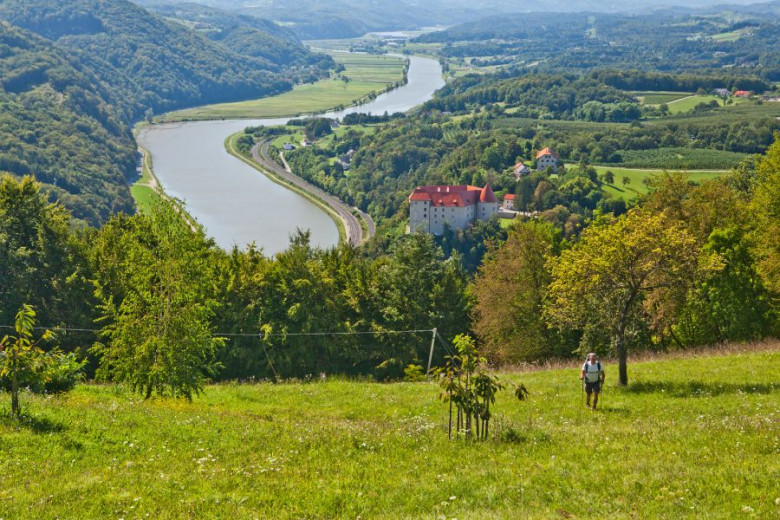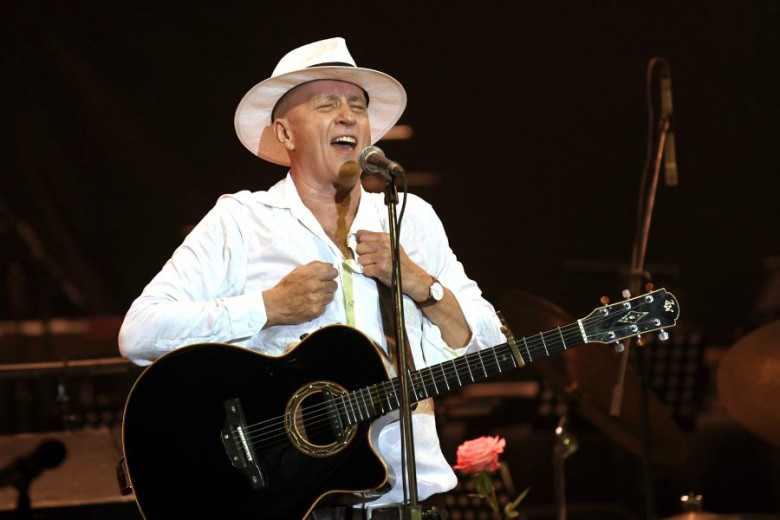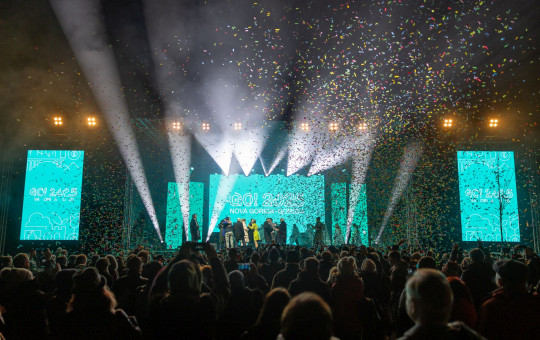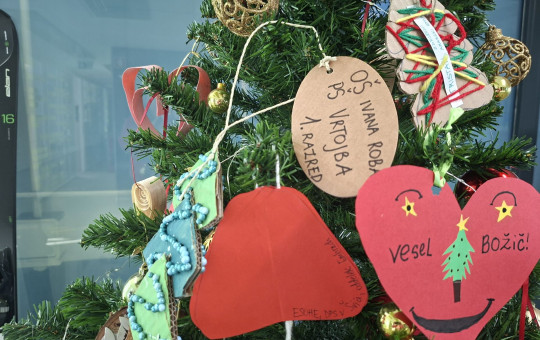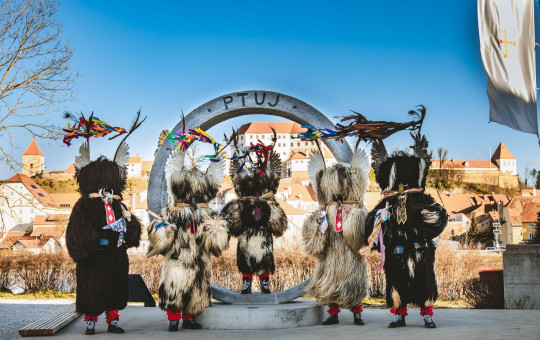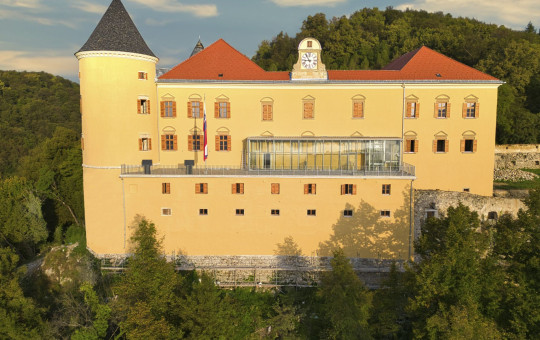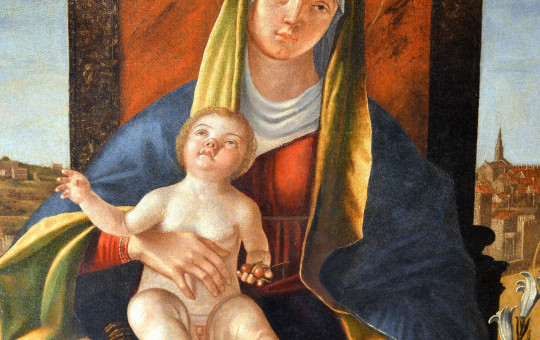Date: 13. May 2020
Time to read: 3 min
Slovenia is a small country, but remarkably diverse and dynamic. Its colourfulness is also reflected in the Slovenian language, which prides itself on its many dialects. The dialects reflect the specific features of individual Slovenian regions, their culture, as well as linguistic and ethnographic heritage.
The Slovenian language is the most divided in terms of dialects among the Slavic languages, having around 50 dialects that are classified into seven dialect groups: the Gorenjska, Dolenjska, Štajerska, Panonska, Koroška, Primorska and Rovtarska dialect groups.
Development of dialects
The Freising Manuscripts dating from 972 to 1039, which are considered to be the oldest known preserved records in Slovenian, do not yet display any dialectal features. However, the Rateče/Celovec Manuscript from the 14th century and the Stična Manuscript from the 15th century contain words that prove that the language was already fragmented into dialects at that time.
The dialectal diversity of Slovenian is due to geographical, political, historical and social factors.
The emergence of dialects was influenced by the settlement of the territory of present-day Slovenia, geographical barriers and transport routes, which often ran through the middle of the dialect group and led to larger cities. In the past, people did not often cross high mountains and hills, nor did they migrate to cities on a daily basis and have regular contact with the inhabitants of other areas, but remained in their parishes and formed language communities different from their neighbouring ones. Thus, the Slovenian language began to differentiate and it acquired new dialects. Triglav and the Karavanke Mountains with the hilly surroundings in the west of Slovenia separate the Koroška, Gorenjska, Rovtarska and Primorska dialects. The Ljubljansko barje separates the Gorenjska dialect from the Dolenjska dialect, and the Sava river represents a landmark between the Štajerska and Dolenjska dialects.
The languages of the neighbouring countries of Hungary, Italy, Austria and Croatia had a great influence on Slovenian dialects.
The dialects bordering on the neighbouring languages have assumed many of their words. In the Primorska dialects, Italianisms are used, in the Štajerska and Panonska regions Germanisms, in the Panonska dialects in the Prekmurje region or along the border with Hungary, many words from Hungarian are present, and the Dolenjska dialects have more Croatian words than other dialects.
Musician Vlado Kreslin's website in the Prekmurje dialect
Prekmurje native Vlado Kreslin from Beltinci is considered one of the most successful Slovenian singers with a rich music career both in Slovenia and abroad.
At the end of 2019, he decided to offer his redesigned website www.kreslin.com in three language versions, namely in the Prekmurje dialect, Slovenian and English. Kreslin informed his fans about it on his Facebook page, where he wrote that it was only right that in the year when the Prekmurje region celebrated its 100th anniversary of its accession to Slovenia, the Prekmurje voice also found its place on the internet. And who wrote the text in the Prekmurje dialect? The musician himself!
Our heritage
A dialect vocabulary is more sonorous, fluent, melodic and more vivid than the Slovenian standard language. It is important for us, as Slovenians, to be aware of the specific features of individual dialects, to respect and preserve them.
Slovenian dialects are so different from each other that also two Slovenians who come from other ends of our country have considerable trouble understanding each other.
However, our dialects are also very interesting and connect us even more. Yes, it can be fun when the "prekmurska gibanica" dessert and "Cviček" wine from the Dolenjska region meet at the same table and speak to each other in their own dialects.

